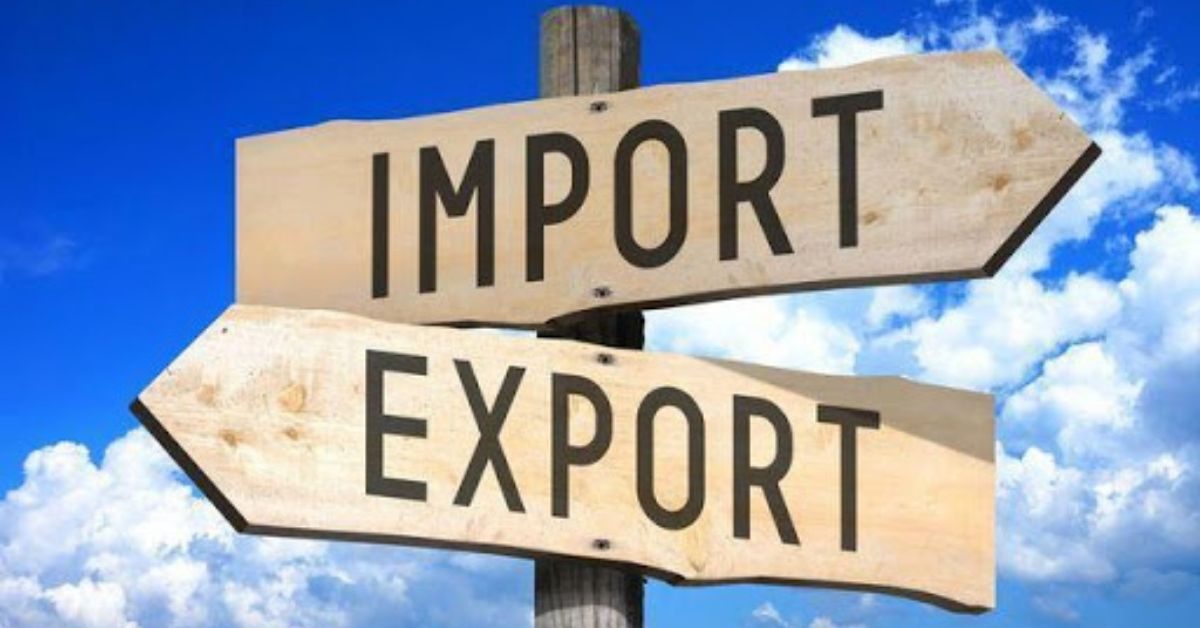The government is expected to maintain a status quo on import duties in the Union Budget for 2022-23, the first time since 2018-19, given the rising perception that India is turning extremely protectionist. The government had been raising import duties since then in an effort to balance trade.
Duties on items such as gold might be lowered to curb its imports through unofficial channels, said senior government sources. Duties on metal commodities might also be lowered to help lower input costs for user industries. According to the sources, the budget may instead focus on widening the production linked incentive (PLI) schemes to encourage domestic manufacturing of items that are currently imported.
Import duties are taxes collected on imports by the customs authorities. Apart from generating revenue, it serves as a mechanism to control the flow of goods into the domestic market.
“Continuously burgeoning trade deficit had created a policy headache for the government back in 2018-19. However, since then, the deficit has narrowed. As of now, it is not on the priority list,” a senior official said.
Rising to $184 billion in 2018-19, the deficit had dominated political discourse back then and led the government to aggressively opt for import substitution by promoting domestic manufacturing and raising import duties cumulatively on more than 100 items. But since India had a trade deficit with nine out of its top 10 largest trade partners, this had elicited disapproval from these nations.
Since then, the deficit has fallen to $161.3 billion in 2019-20, before the pandemic began. It fell to $102.6 billion in 2020-21 and stood at $115.6 billion in the first eight months of 2021-22.
“There have been wide-ranging inter-ministerial discussions on the issue of duties since 2019-20 and there is now a consensus that stop-gap rise in duties affects industrial productivity in the mid-long term. Instead, a calculated approach has now been taken, whereby those sectors and related sectors that have now qualified for production benefits under PLI schemes will incrementally see import duties slowly but surely go up as the government shores up domestic manufacturing capabilities,” said a senior Commerce Department official.
Moneycontrol had recently reported that the upcoming Economic Survey 2021-22, to be released on January 31, may bat for the introduction of more PLI schemes to encourage industry to invest in expanding domestic manufacturing capacities. Sources said the emphasis would be on more specialized subcategories within the 14 sectors for which PLI schemes were announced in the last two years.
However, this also means that for all other industrial products and most consumer ones, the government will not raise duties unless the situation is dire enough to call for it, he stressed. The move is also expected to dispel the notion of India being protectionist among foreign investors.
According to the World Trade Organization, India’s average tariff, the unweighted national average of the effectively applied rates for all products subject to tariffs, increased to 14.3 percent in FY21 from 13 percent in FY15.
Possible duty cut
On the other hand, few categories of products have been actively considered by the government for an import duty slash, in the run-up to the budget, sources said.
Prime among this, is gold, import duty on which was cut to 7.5 percent in last year’s budget, down from 12.5 percent earlier. However, the effective import duty on the yellow metal remains at 10.75 percent taking into account various surcharges, cesses, and 3 percent goods and services tax.
While this has been a long-term ask, major jewelry retailers recently teamed up with the Gems and Jewellery Export Promotion Council (GJEPC) to petition the government to slash the duty further, and check what they term ‘unbridled smuggling’.
Imports of all forms of gold stood at $28.2 billion in 2019-20. However, it rose to $34.6 billion in 2020-21 amidst the pandemic. Even as the current financial year still has four months left, imports have already touched $33.3 billion in the April-November period. According to industry estimates, this constituted about 1000 tonnes of imports.
“The import figures have continued to go up as and when the government has cut the import duty. As a result, more imports are now coming in through formal channels instead of unofficial channels and bearing tax revenues for the government,” a senior functionary of GJEPC said.
India is estimated to have imported 610 tonnes of gold in April-December 2021 compared to 266 tonnes and 470 tonnes in the same period of 2020 and 2019, respectively, according to the estimates of the World Gold Council.Import duties on nearly a dozen steel and aluminium products may also be cut in a bid to control the runaway commodity prices that have affected downstream manufacturing industry, sources confirmed.
Source : Money Control







